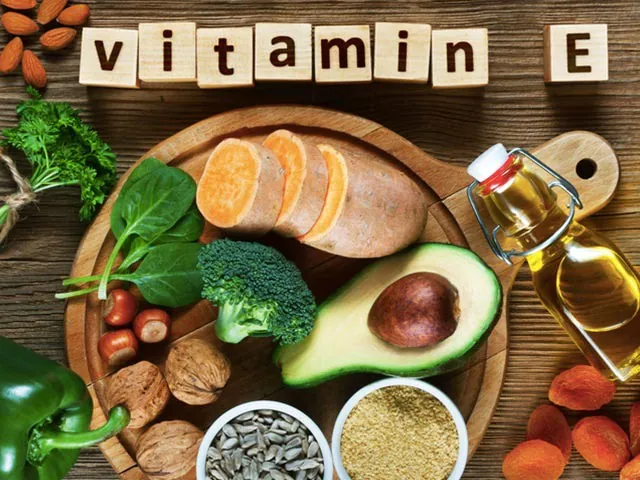You might remember that in previous months, we’ve uncovered nutritional deficiencies that could have disastrous health effects… yet they still run rampant in our society.
Today, let’s continue the discussion with a nutrient that’s quite often misunderstood – Vitamin E.
We only need 15 mg of Vitamin E per day, but 93% of the population are not getting adequate amounts from foods or supplements.
Vitamin E is another fat soluble nutrient vital to proper organ function. Certain foods contain it while it’s added to others. There are 8 chemical forms, but alpha-tocopherol best meets our dietary needs which is found in vegetable oils, nuts and seeds.
Vitamin E acts as an antioxidant to battle oxidative stress caused by an imbalance between free radicals and antioxidants. When there are more free radicals than antioxidants it can damage your fatty tissues, DNA and proteins in your body. The damage over time can lead to diseases such as diabetes, high blood pressure, heart disease, Parkinson’s, Alzheimer’s and cancer.
Vitamin E is also commonly found in cosmetics associated with aging. Because Vitamin E helps protect against oxidative stress, it might also protect skin from environmental stressors. While it hasn’t been proven, studies point to topical E having photoprotective properties. These properties protect against the skin damage caused by sunlight.
How can you add more vitamin E to your diet?
Add more seeds and nuts like almonds, pine nuts, hazelnuts and sunflower seeds to your snacks. Salmon, rainbow trout and abalone lead the proteins in Vitamin E and mango, kiwifruit and turnip greens are top produce selections.
Get Active






